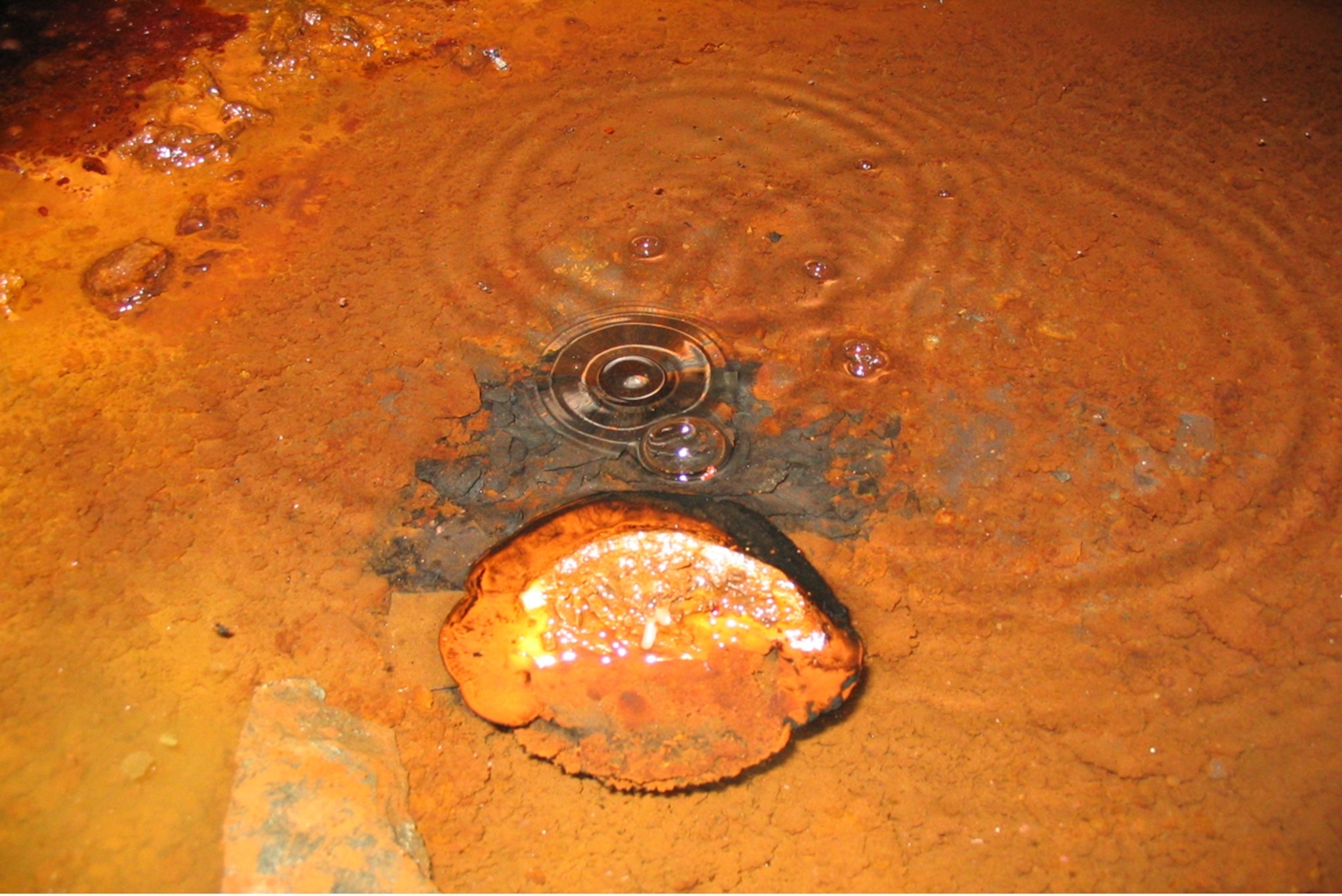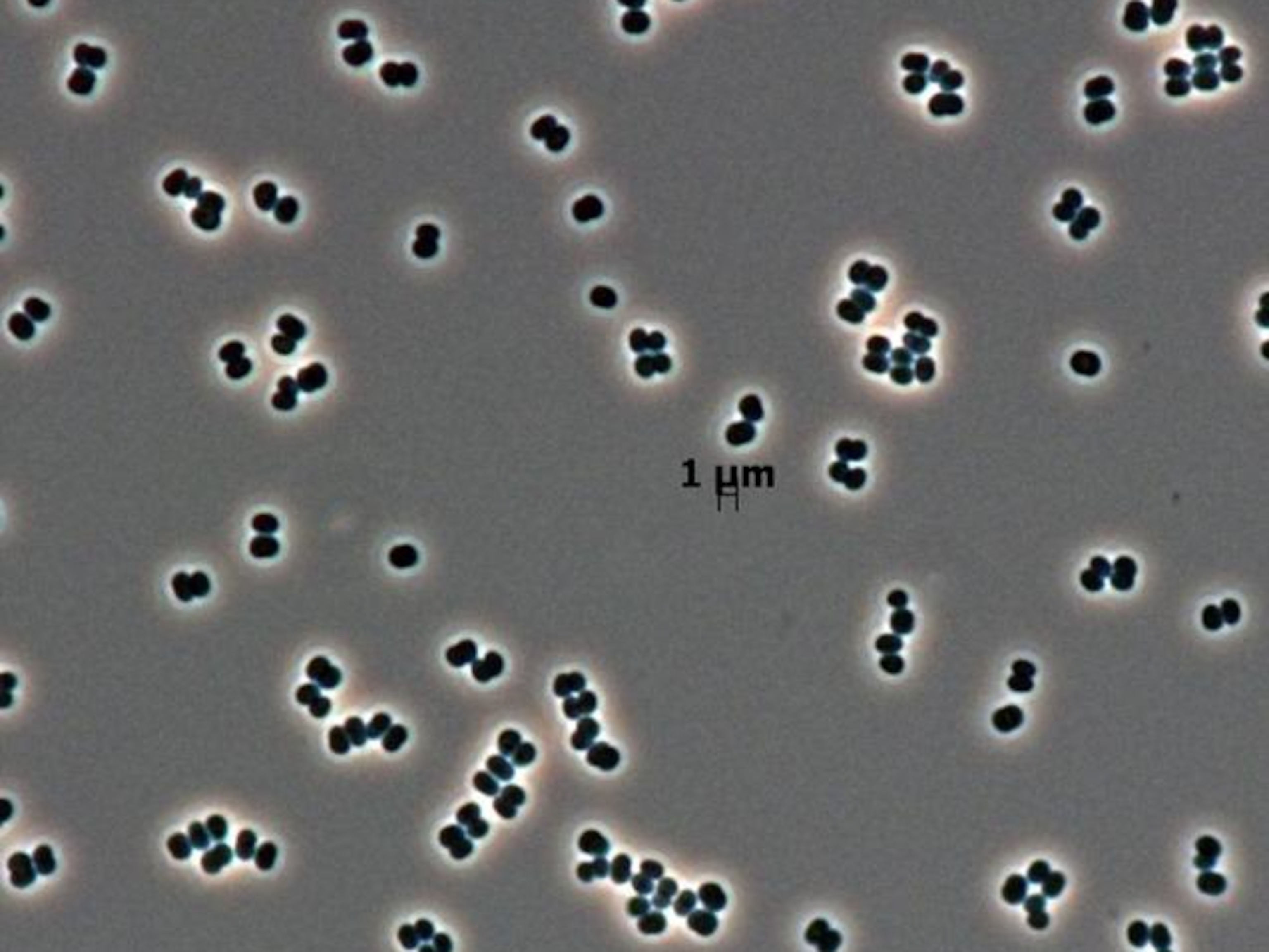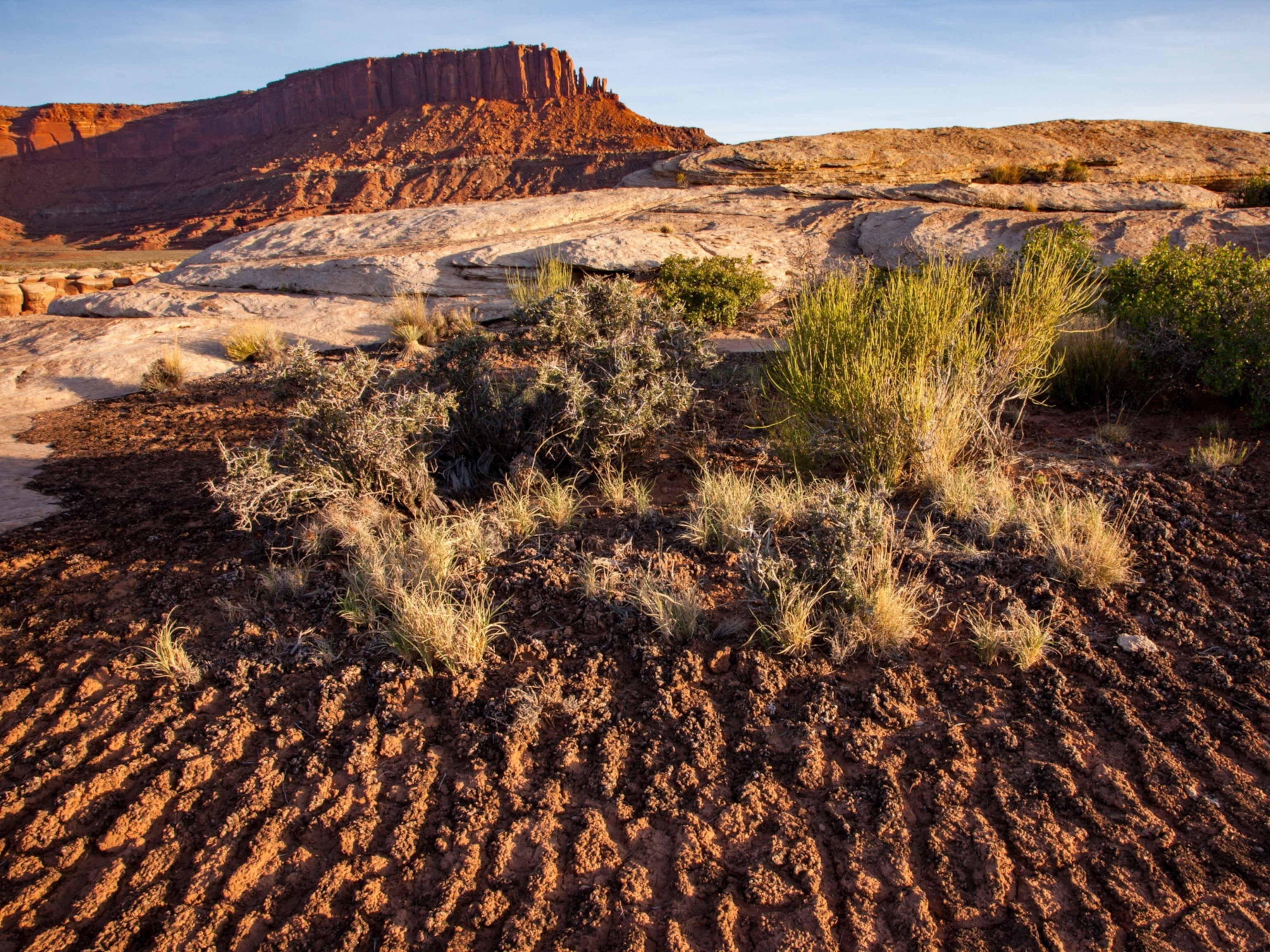
Billion-Year-Old Water Preserved in Canadian Mine
The ancient water contains chemicals that could support life without sunlight.
Pockets of water trapped in rocks from a Canadian mine are over a billion years old, and the water could contain life forms that can survive independently from the sun, scientists said this week.
The ancient water was collected from boreholes at Timmins Mine beneath Ontario, Canada, at a depth of about 1.5 miles (2.4 kilometers).
"When these rocks formed, this part of Canada was the ocean floor," said study co-author Barbara Sherwood Lollar, an Earth scientist at Canada's University of Toronto.
"When we go down [into the mine] with students, we like to say imagine you're walking on the seafloor 2.6 billion years ago."
Working with U.K. colleagues Chris Ballentine and Greg Holland, Sherwood Lollar and her team found that the water was rich in dissolved gases such as hydrogen and methane, which could provide energy for microbes like those found around hydrothermal vents in the deep ocean.
In addition, the water contained different rare gases that include the elements helium, neon, argon, and xenon, which were created through interactions with the surrounding radioactive rock. By measuring the concentrations of isotopes of these "noble gases"—so called because they rarely interact with other elements—the team could estimate how long the water had been trapped underground and whether it had been isolated.
Depending on the noble gas analyzed, the age estimates for the water varied between 1.1 billion years old and 2.6 billion years old—or as old as the rocks in the mine itself.
"It shows us that there's been very little mixing between this water and the surface water," Sherwood Lollar said. "What we want to do with further work is see if we can narrow that [age range] down."
Teeming With Life?
Geologists have long known that a lot of water can be present in continental crust, locked away in microscopic voids in minerals, pore spaces between minerals, and veins and fractures in the rock. But what's been unclear is the age of such water, said geochemist Steven Shirey, a senior scientist at the Carnegie Institution for Science.
"The question is how old is it? Is it water that's part of current circulation with surface water? Or is it water that retains old chemistry and potential biota?" said Shirey, who was not involved in the study.
The new findings, detailed in this week's issue of the journal Nature, is evidence that ancient pockets of water can remain isolated in the Earth's crust for billions of years.
"That's the really exciting part about this study," Shirey said.
Sherwood Lollar and her team are testing the mine water to see if they can find evidence of living microbes. If life does exist in the water, she said, it could be similar to microbes previously found in far younger water flowing from a mine located 1.74 miles (2.8 kilometers) beneath South Africa.
Those microbes could survive without light from the sun, subsisting instead on chemicals created through the interactions between water and rock.
Such "buried" microbial communities are rare, and fascinating for scientists because they are often not interconnected.
"Each one of them may have a different age and a different history," Sherwood Lollar said. "It will be fascinating for us to look at the microbiology in each of them ... It'll tell us something about the evolution of life and the colonization of the subsurface."
Expanding Horizons
The Timmins Mine water could also help scientists understand how much of the subsurface of the Earth is actually inhabited by life. The answer to that question has implications for life on other planets, such as Mars, scientists say.
"It opens up your horizons for what's possible," Shirey said. "If you think that you can have microbial life throughout the entire crust of the Earth, then all of a sudden it becomes very possible that life could live on other planets under the right condition."
That raises questions about potential life in relatively warm rock located beneath the cold surface of Mars, where liquid water could still exist.
"We're looking at billion-year-old rock here and we can still find flowing water that's full of the kind of energy that can support life," Sherwood Lollar said.
"If we find Martian rocks of the same age and in places of similar geology and mineralogy to our site, then there's every reason to think that we might be able to find the same thing in the deep subsurface of Mars."




